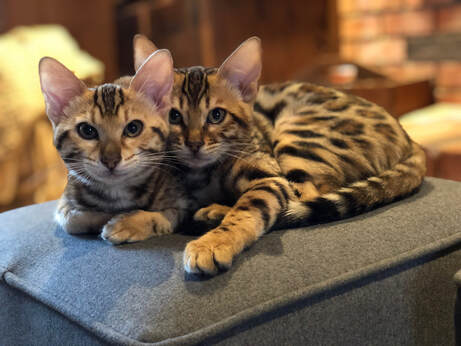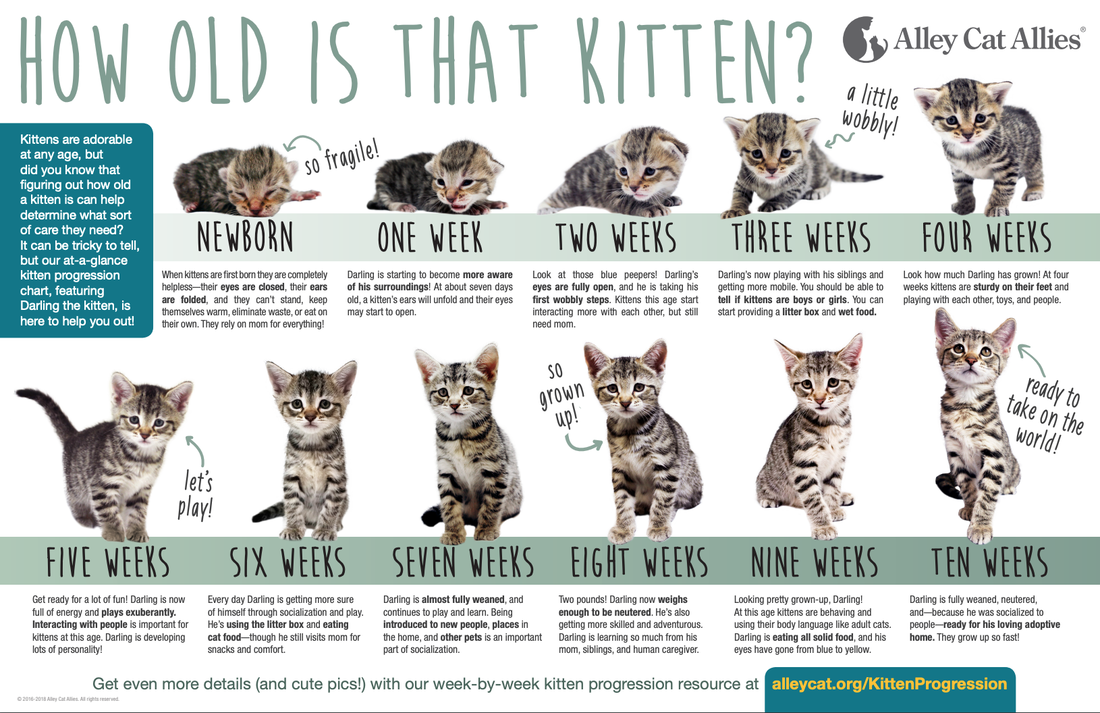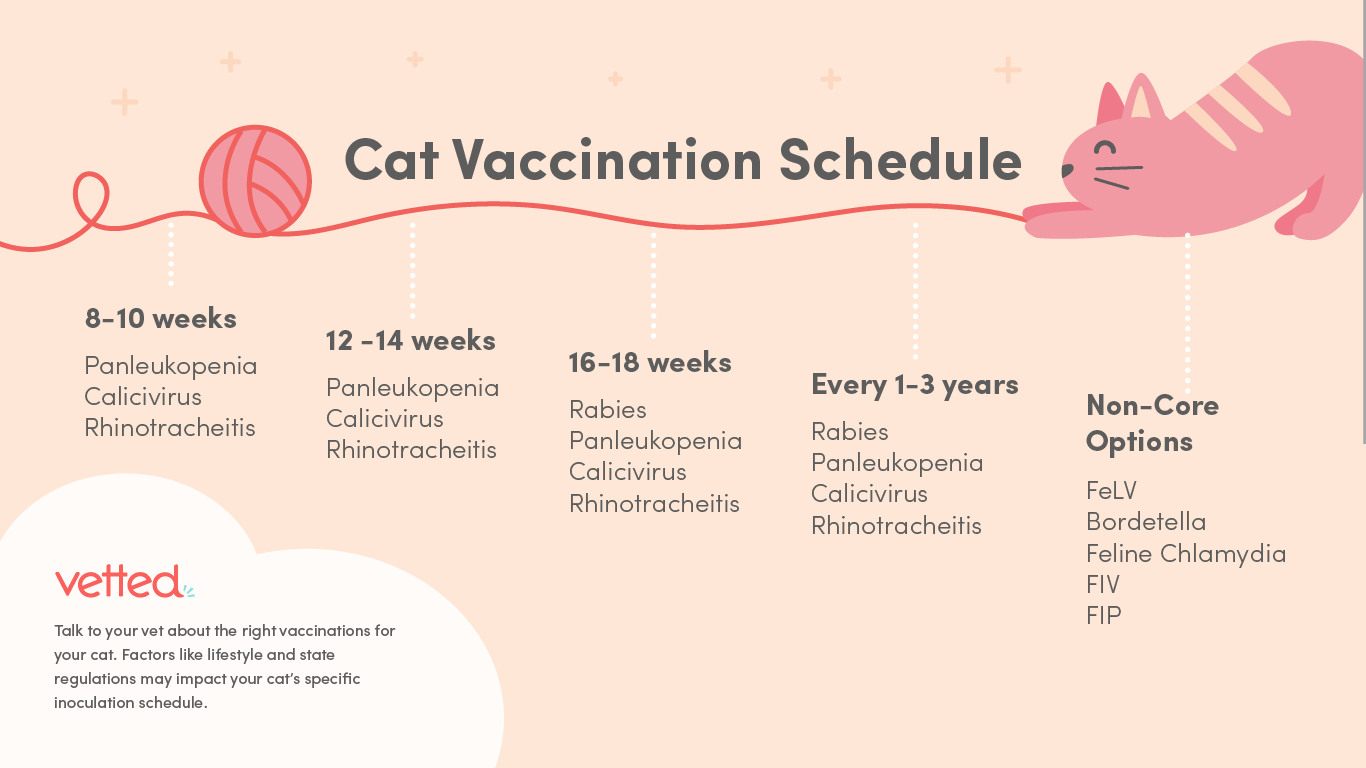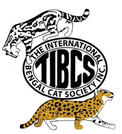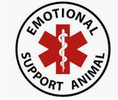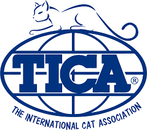Click on the Growth Chart below to go to Alley Cat Allies and see more detailed kitten growth information.
In order to be placed on our waiting list for available kittens the Purchaser must pay a non-refundable deposit of $350.00 to hold a Kitten or spot in line for a future kitten for the Purchaser. The deposit shall be applied towards the Purchase Price, which is due and payable when Kitten turns 8 to 14 weeks old, or when the Kitten is collected, whichever is earlier. In the event the Seller is unable to sell a Kitten to the Purchaser, for reasons including, but not limited to, the Kitten’s mortality, Seller has the option of refunding the deposit or replacing the Kitten with a kitten of similar quality (Seller’s choice). Seller shall have 12 months to provide a replacement kitten to the Purchaser but will make every effort to complete this as soon as possible.
In order to be placed on our waiting list for available kittens the Purchaser must pay a non-refundable deposit of $350.00 to hold a Kitten or spot in line for a future kitten for the Purchaser. The deposit shall be applied towards the Purchase Price, which is due and payable when Kitten turns 8 to 14 weeks old, or when the Kitten is collected, whichever is earlier. In the event the Seller is unable to sell a Kitten to the Purchaser, for reasons including, but not limited to, the Kitten’s mortality, Seller has the option of refunding the deposit or replacing the Kitten with a kitten of similar quality (Seller’s choice). Seller shall have 12 months to provide a replacement kitten to the Purchaser but will make every effort to complete this as soon as possible.
Kitten Vaccination Schedule
NOTE:
Traditionally, vaccinations have been given annually to adult cats. However, due to increased occurrences of cancer at the vaccination site ("vaccine-associated sarcoma"), the American Association of Feline Practitioners (AAFP) in 1997 recommended initial vaccination, a booster 1 year later, then a 3-year booster cycle for certain "core" vaccines: feline panleukopenia (FP), feline calicivirus (FCV) , feline viral rhinotracheitis (FVR), and rabies.
AAFP recommends that vaccines for feline leukemia (FeLV) and feline infectious peritonitis (FIP) be given only if circumstances warrant. Cats at low risk for FeLV are defined as indoor-only cats and those in closed, multi-cat households that have tested negative for FeLV. Cats in other situations are considered high risk.In addition, several organizations, including AAFP, recommend that vaccinations not be given between the cat's shoulder blades.
Traditionally, vaccinations have been given annually to adult cats. However, due to increased occurrences of cancer at the vaccination site ("vaccine-associated sarcoma"), the American Association of Feline Practitioners (AAFP) in 1997 recommended initial vaccination, a booster 1 year later, then a 3-year booster cycle for certain "core" vaccines: feline panleukopenia (FP), feline calicivirus (FCV) , feline viral rhinotracheitis (FVR), and rabies.
AAFP recommends that vaccines for feline leukemia (FeLV) and feline infectious peritonitis (FIP) be given only if circumstances warrant. Cats at low risk for FeLV are defined as indoor-only cats and those in closed, multi-cat households that have tested negative for FeLV. Cats in other situations are considered high risk.In addition, several organizations, including AAFP, recommend that vaccinations not be given between the cat's shoulder blades.

